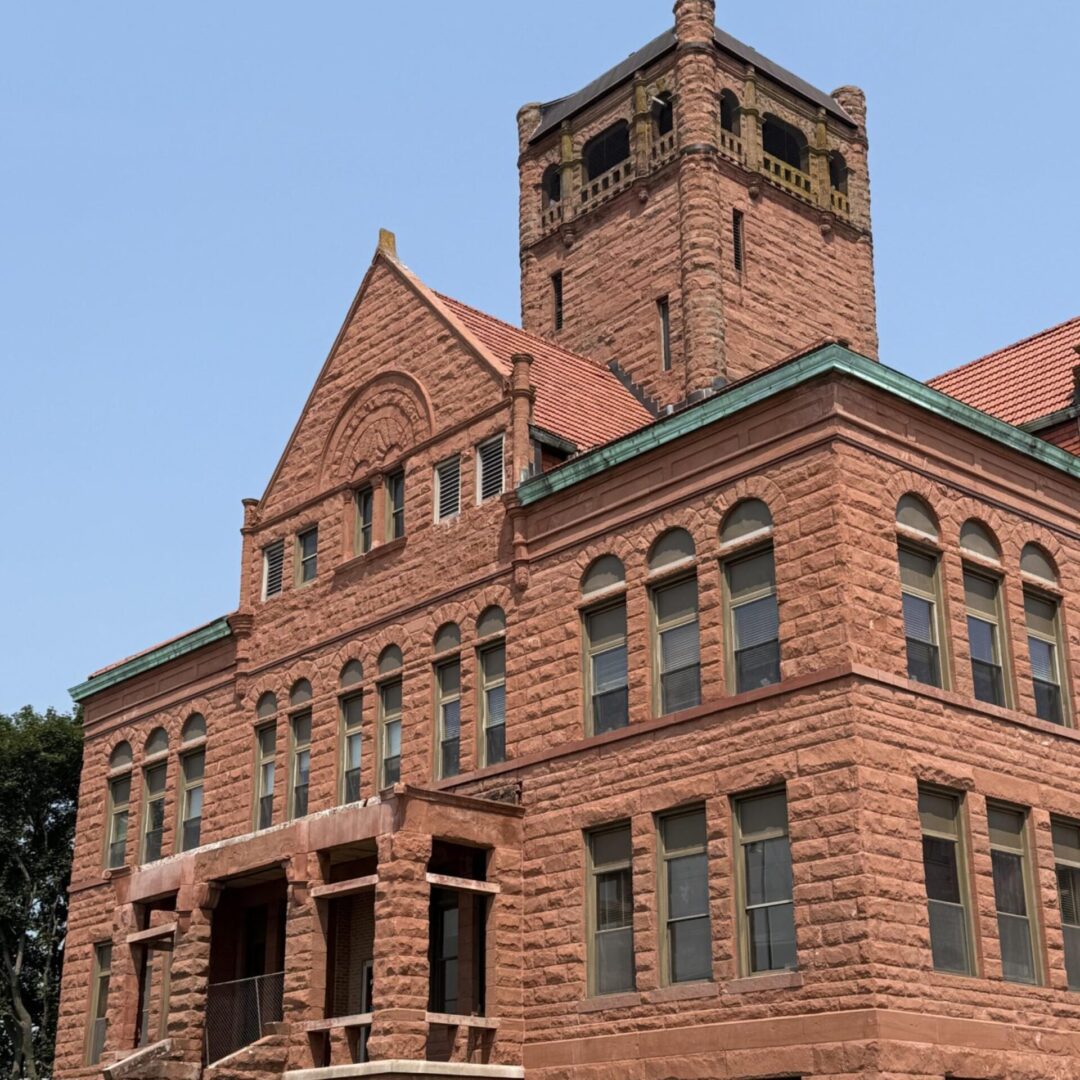By Thomas Best
We’ve arrived at the final segment of this examination of the most contentious presidential election in U.S. History. We left off with the 1876 election at a stalemate. Samuel Tilden, the Democrat, who had apparently won the popular vote by 250,000 votes, had 184 electoral votes—although that was still one short of the 185 needed. At issue for Rutherford Hayes and the Republicans was the dilemma that several southern states—tied to the former Confederacy—had disenfranchised ex-slave men through terrorism and illegalities. Some states had also sent multiple panels of electors—all claiming victory. How was this to be resolved?
Despite Tilden objection and some reluctance from Hayes, Congress created a 15-member bipartisan Electoral Commission to resolve the matter of the 20 disputed electoral votes. Five representatives, five senators, and five Supreme Court justices were made part of this organization. Of course, eight of these men were Republicans and seven chosen from the ranks of the Democrats—a clear partisan imbalance and one that Democrats would remember. The commission battled over matters such as the outcome of the vote in Florida (although no “hanging chads” this earlier time) and the fact that over 100% of the number of eligible voters (without counting the votes of freed black men) had cast ballots. When the Commissioners finally voted to their favor, and each member—as expected—voted along party lines for the candidate—whom they thought—should receive the contested electoral votes, the Republicans had the one vote advantage to elect Hayes, 185 to 184 electoral votes.
Many feared armed-rebellion over this one-sided decision. Yet, the Democrats reluctantly accepted the outcome. The explanation for accepting the candidate which hard-liners now called “Rutherfraud,” has been long explained in our nation’s school textbooks in this way. These recalcitrant southern states accepted Hayes’ legitimacy in order to accept the Republican Party’s offer to withdraw all remaining federal troops from the South and return compliance with laws regarding the civil rights of black Americans back to the states—or as it was called “home rule.” And while there are elements of the truth here, historians now offer more complex reasoning. For instance, federal troops had already been withdrawn from all but two former Confederate states, and those troops would likely leave soon anyway. Moreover, many northerners were growing tired of the protracted fight over the civil rights of black Americans. Indeed, many residents of northern states harbored their own prejudices and created laws and ordinances which restricted rights of free blacks and transplanted ex-slaves. The truth lies somewhere in compromises and the exhaustion our political leaders felt over this heated election. Hayes had also muted some anger Democratic outcries by declaring he would name at least one southerner to his cabinet; and he did. The country, with the federal governments’ assistance, also pledged to build a railroad across the South to the West: the Texas and Pacific Railroad. This infrastructure program likewise offered a compromise to the disgruntled Southern Democrats.
While Hayes’ presidency is largely forgotten by all but historians of the 19th century, Ari Hoogenboom is one of these appraisers of the past who believes that Hayes deserved to be better remembered. In fact, Hoodenboom turns to Mark Twain, known for his frankness in evaluating a man’s character, who believed that Hayes did illustrate greatness and leadership throughout the electoral crisis of 1876. Moreover, Twain boasted that Hayes’ presidency would “stand out against the horizon of history in its true proportions.”













